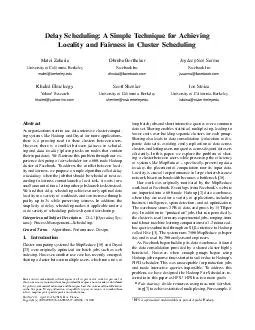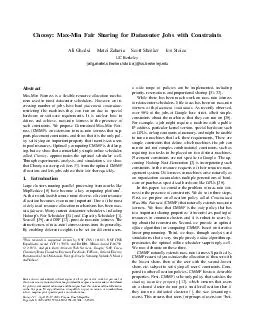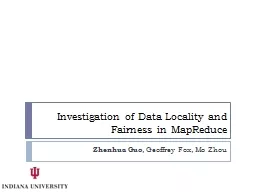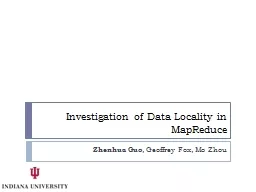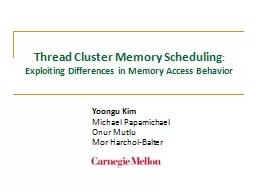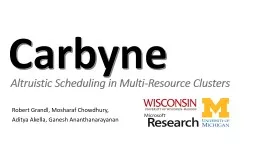PDF-Delay Scheduling A Simple Technique for Achieving Locality and Fairness in Cluster Scheduling
Author : yoshiko-marsland | Published Date : 2014-12-14
edu Dhruba Borthakur Facebook Inc dhrubafacebookcom Joydeep Sen Sarma Facebook Inc jssarmafacebookcom Khaled Elmeleegy Yahoo Research khaledyahooinccom Scott Shenker
Presentation Embed Code
Download Presentation
Download Presentation The PPT/PDF document "Delay Scheduling A Simple Technique for ..." is the property of its rightful owner. Permission is granted to download and print the materials on this website for personal, non-commercial use only, and to display it on your personal computer provided you do not modify the materials and that you retain all copyright notices contained in the materials. By downloading content from our website, you accept the terms of this agreement.
Delay Scheduling A Simple Technique for Achieving Locality and Fairness in Cluster Scheduling: Transcript
Download Rules Of Document
"Delay Scheduling A Simple Technique for Achieving Locality and Fairness in Cluster Scheduling"The content belongs to its owner. You may download and print it for personal use, without modification, and keep all copyright notices. By downloading, you agree to these terms.
Related Documents

